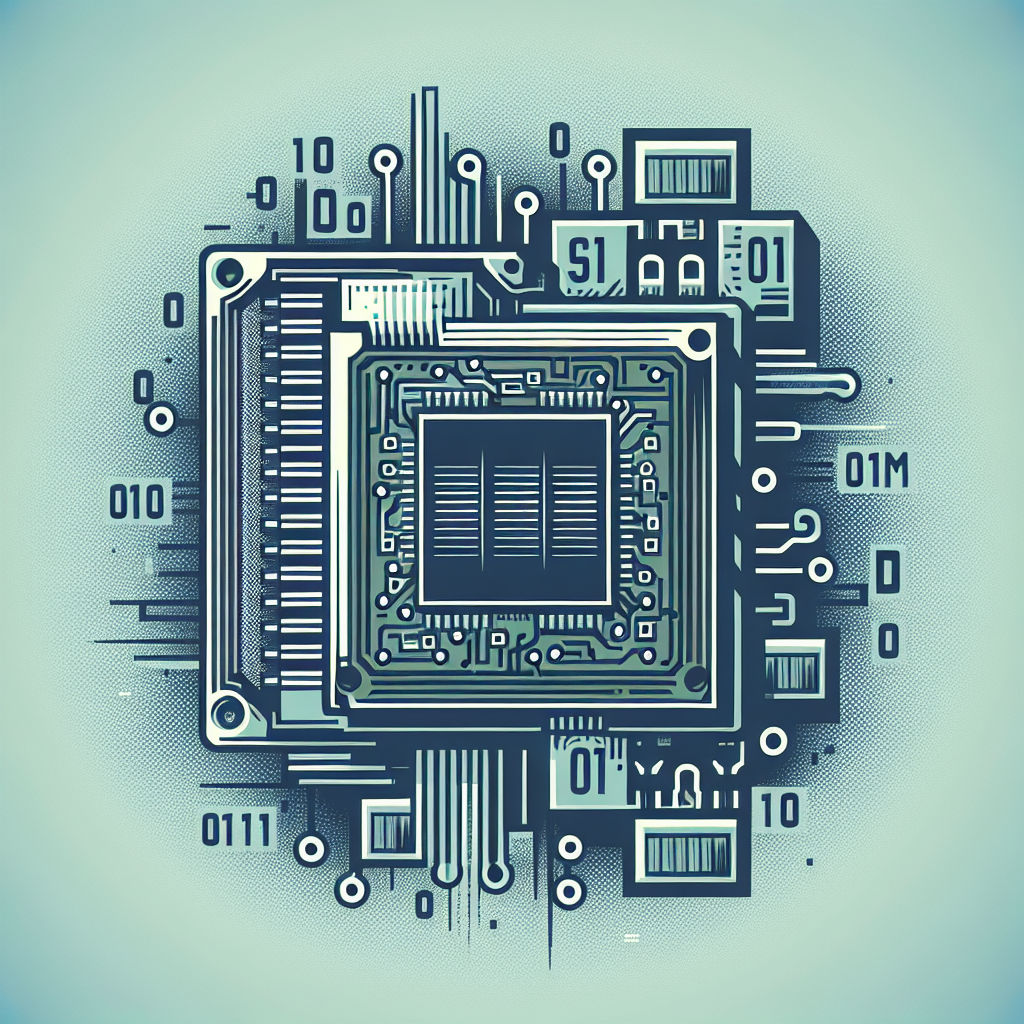Your cart is currently empty!
Understanding the Basics of NAND Flash Memory

NAND flash memory is a type of non-volatile storage technology that is commonly used in electronic devices such as smartphones, tablets, USB drives, and solid-state drives (SSDs). Understanding the basics of NAND flash memory can help you make informed decisions when choosing devices that use this technology.
NAND flash memory is a type of flash memory that uses NAND gates to store data. It is called “non-volatile” because it retains data even when the power is turned off. This makes NAND flash memory ideal for storing large amounts of data that needs to be accessed quickly and reliably.
One of the key features of NAND flash memory is its high speed and endurance. NAND flash memory can read and write data at high speeds, making it ideal for use in devices that require fast access to data. Additionally, NAND flash memory can withstand a large number of read and write cycles before it starts to degrade, making it a durable storage solution.
NAND flash memory is organized into blocks, pages, and cells. A block is a group of pages, which are in turn a group of cells. Each cell can store multiple bits of data, with the most common being single-level cell (SLC), multi-level cell (MLC), and triple-level cell (TLC) NAND flash memory. SLC NAND flash memory stores one bit of data per cell, MLC stores two bits per cell, and TLC stores three bits per cell.
When data is written to NAND flash memory, it is written at the page level. However, when data is erased from NAND flash memory, it must be erased at the block level. This can lead to a phenomenon known as “write amplification,” where the number of write operations required to erase data can be greater than the number of write operations required to write the data in the first place.
In conclusion, understanding the basics of NAND flash memory can help you make informed decisions when choosing devices that use this technology. NAND flash memory offers high speed, endurance, and reliability, making it an ideal storage solution for a wide range of electronic devices. By understanding how NAND flash memory works and its key features, you can choose devices that meet your specific storage needs.

Leave a Reply